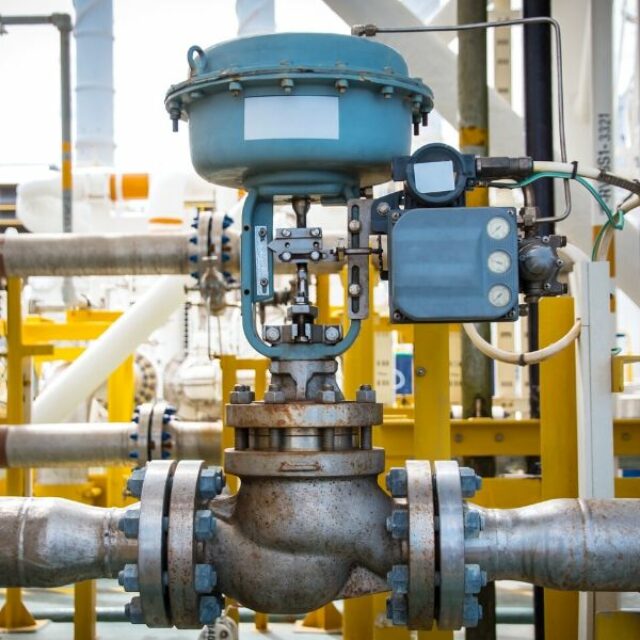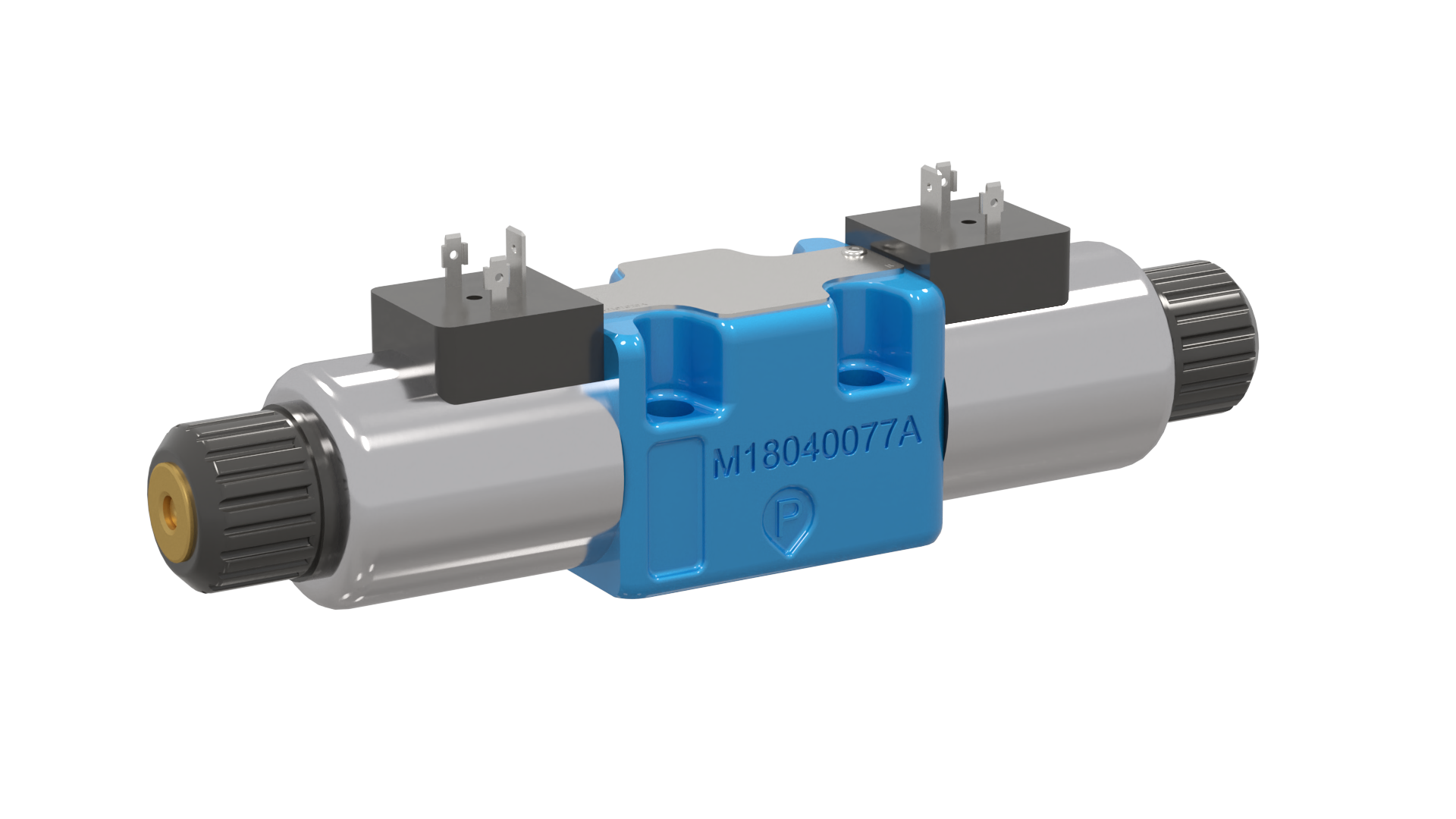Enhancing Operational Performance with Advanced Control Valves
Enhancing Operational Performance with Advanced Control Valves
Blog Article

Maximize Power Financial Savings and Comfort With Advanced Structure Automation Controls
In the world of modern-day architecture and center monitoring, the assimilation of innovative structure automation controls stands as a crucial advancement. The convergence of technology and sustainability has actually birthed a brand-new age where power performance, convenience optimization, and functional streamlining are no much longer possible truths however distant ambitions. By harnessing the power of automation, buildings can adjust, react, and advance in methods that were as soon as unbelievable. The capacity for significant power cost savings and boosted convenience is not simply an opportunity however a guarantee waiting to be satisfied. This paradigm shift in structure administration holds the key to unlocking a world where ecological conscientiousness and passenger well-being sympathetically coexist within the wall surfaces of our structures.
Energy Effectiveness Perks
Energy performance advantages can substantially minimize energy usage and functional expenses in buildings. By applying energy-efficient methods and innovations, structure owners and drivers can achieve significant cost savings while additionally adding to environmental sustainability. Among the main advantages of improving energy effectiveness in buildings is the decrease of utility expenses. Energy-efficient systems, such as sophisticated building automation controls, can optimize using resources like heating, illumination, and cooling, causing reduced power expenditures over time.
In addition, improved energy performance can extend the lifespan of structure devices and systems. By running extra effectively, HVAC systems, lighting components, and various other structure components experience much less damage, leading to reduced maintenance and substitute expenses. Furthermore, energy-efficient buildings usually regulate higher residential or commercial property worths and rental rates, giving long-term economic benefits to owners.
In addition, energy performance can improve occupant comfort and productivity. Effectively controlled indoor settings with optimum lights and thermal problems produce a more enjoyable and conducive workspace, causing improved worker satisfaction and efficiency. On the whole, the energy efficiency advantages connected with innovative structure automation controls are multifaceted, encompassing cost financial savings, ecological stewardship, and occupant health.
Enhanced Comfort Control
Enhancing comfort control in structure settings requires an advanced combination of sophisticated automation systems for optimum owner health. By making use of advanced structure automation controls, centers can customize the interior setting to fulfill the details needs and preferences of occupants. These systems allow exact law of lighting, temperature level, and ventilation, developing a efficient and comfortable ambience. Occupant complete satisfaction and efficiency are carefully connected to thermal convenience, making it important to have systems in position that can adjust to altering conditions in real-time.
By including these sophisticated controls, structures can not only enhance comfort but additionally boost power effectiveness by maximizing system operations based on actual occupancy and usage patterns. Eventually, prioritizing resident comfort through sophisticated automation systems leads to an extra enjoyable and much healthier indoor environment.
Functional Effectiveness Improvements

Additionally, the application of real-time tracking and analytics tools enables structure drivers to determine power ineffectiveness and operational anomalies without delay. By constantly monitoring energy use patterns and system efficiency browse around this site metrics, adjustments can be made in real-time to maximize power usage and make certain peak operational performance. control valves. Additionally, including demand feedback techniques right into building automation controls can better improve operational effectiveness by dynamically changing power usage based upon grid problems and prices signals
Indoor Environment Optimization
Efficient interior climate optimization is an essential aspect of structure automation controls, guaranteeing occupants' convenience and well-being while making the most of power savings. By utilizing innovative sensing units and controls, developing automation systems can continually check and adjust temperature, humidity levels, air quality, and air flow to produce an optimum indoor environment. Keeping comfortable and consistent problems not only improves resident fulfillment yet additionally boosts efficiency and general wellness.
Indoor climate optimization additionally plays a critical duty in power effectiveness. By fine-tuning home heating, air flow, and cooling systems based upon real-time data and occupancy patterns, constructing automation controls can significantly lower power usage - control valves. For instance, executing techniques such as demand-controlled ventilation and thermal zoning can help decrease power waste look here while making certain that each location of the building receives the essential conditioning.

Lasting Atmosphere Creation
Building automation regulates not just maximize interior climate problems for energy effectiveness and passenger comfort yet likewise lay the structure for producing a sustainable atmosphere with tactical management of sources and systems. By integrating advanced building automation innovations, such as sensors, actuators, and intelligent software application, facilities can change and check energy use in real-time to reduce waste and minimize their carbon footprint. These systems make it possible for predictive maintenance, recognizing potential problems prior to they rise and optimizing devices efficiency to boost longevity and effectiveness.
Additionally, lasting environment creation extends beyond energy administration to incorporate water conservation, waste reduction, and indoor air top quality improvement. Building automation controls can manage water use, identify leaks, and make certain proper waste disposal practices, adding to total sustainability efforts. In addition, by managing and monitoring air flow and filtration systems, these modern technologies boost resident wellness and efficiency while decreasing energy consumption related to cooling and heating procedures.
Final Thought
To conclude, progressed structure automation regulates deal significant benefits in terms of energy savings, convenience control, functional efficiency, indoor climate optimization, and creating a sustainable atmosphere. By applying these controls, buildings can achieve ideal performance while reducing power consumption and improving resident convenience. It appears that the usage of sophisticated automation technology is crucial in boosting structure performance and developing a much more sustainable future.
Power effectiveness advantages can dramatically minimize energy intake and operational costs in structures. In general, the energy performance benefits connected with advanced structure automation controls are diverse, encompassing price savings, ecological stewardship, and passenger well-being.
In addition, integrating need action techniques into structure automation controls can additionally enhance functional efficiency by click to investigate dynamically readjusting energy usage based on grid problems and prices signals.
Building automation regulates not just enhance interior environment problems for power effectiveness and occupant convenience but additionally lay the structure for creating a lasting atmosphere with strategic management of systems and resources.In final thought, progressed building automation controls offer considerable advantages in terms of energy cost savings, comfort control, operational efficiency, interior environment optimization, and producing a sustainable atmosphere.
Report this page